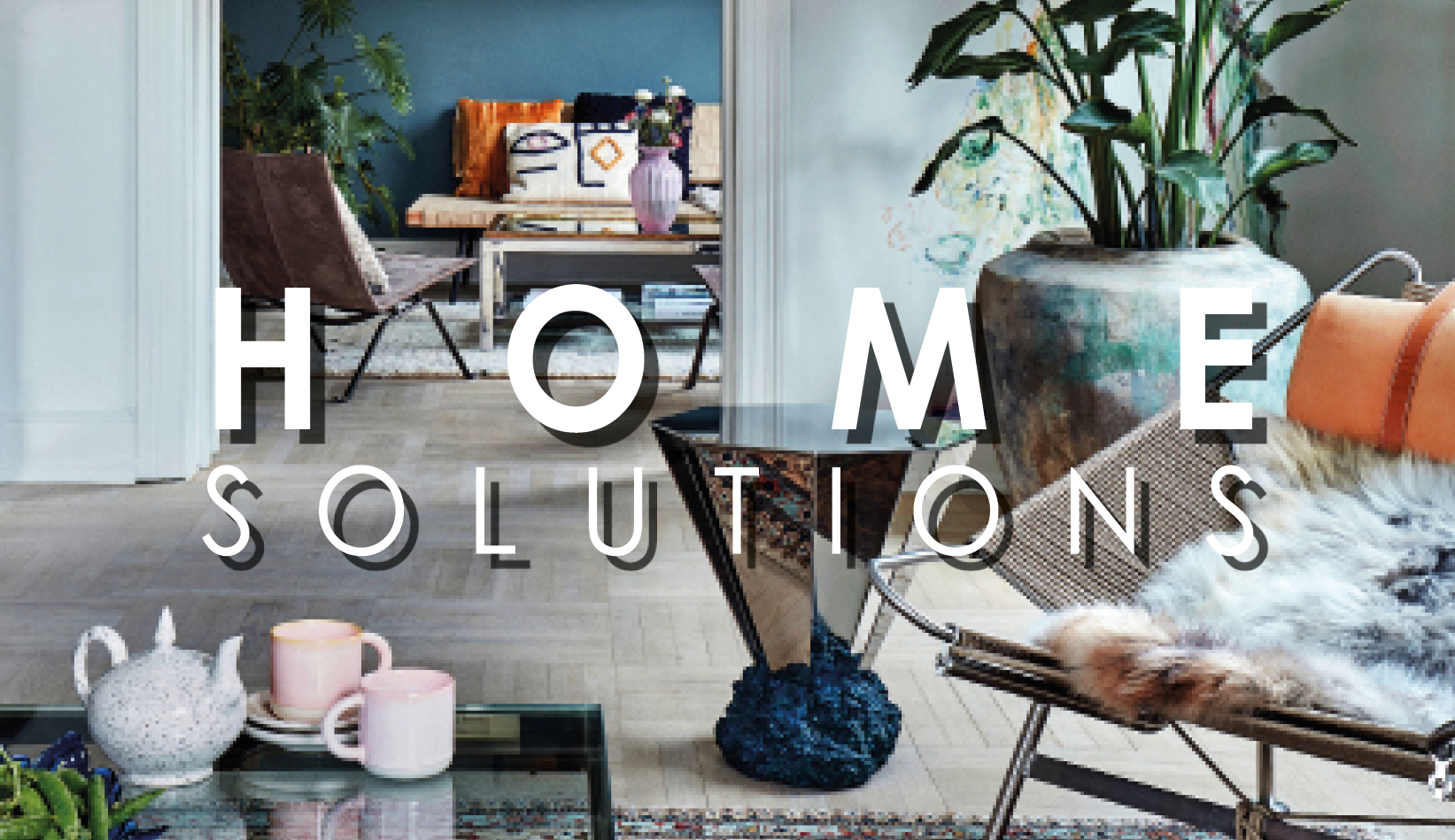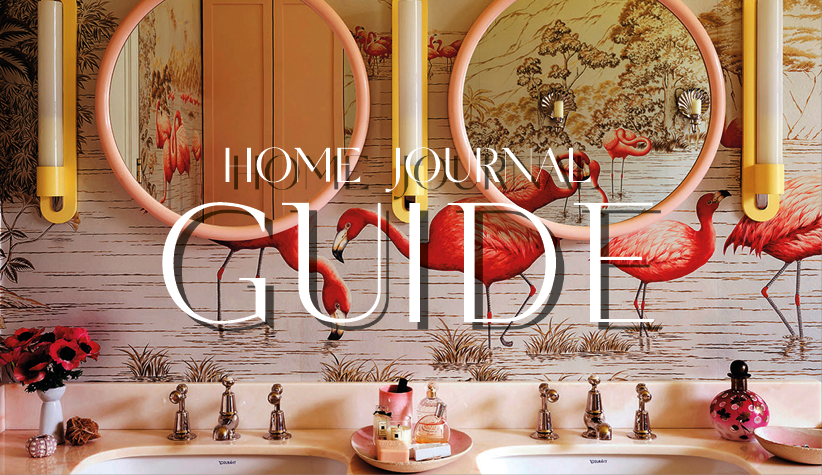Blending seamlessly with Sobieszewo Island’s untouched landscape, Ideograf Studio’s biophilic project takes cues from the humble bird’s nest, creating a harmonious balance between architecture and nature.
"We don’t build against people and nature. We build thanks to them,” says Paulina Czurak-Czapiewska of Ideograf Studio, setting the tone for an ambitious and thoughtful architectural project planned for Sobieszewo Island.
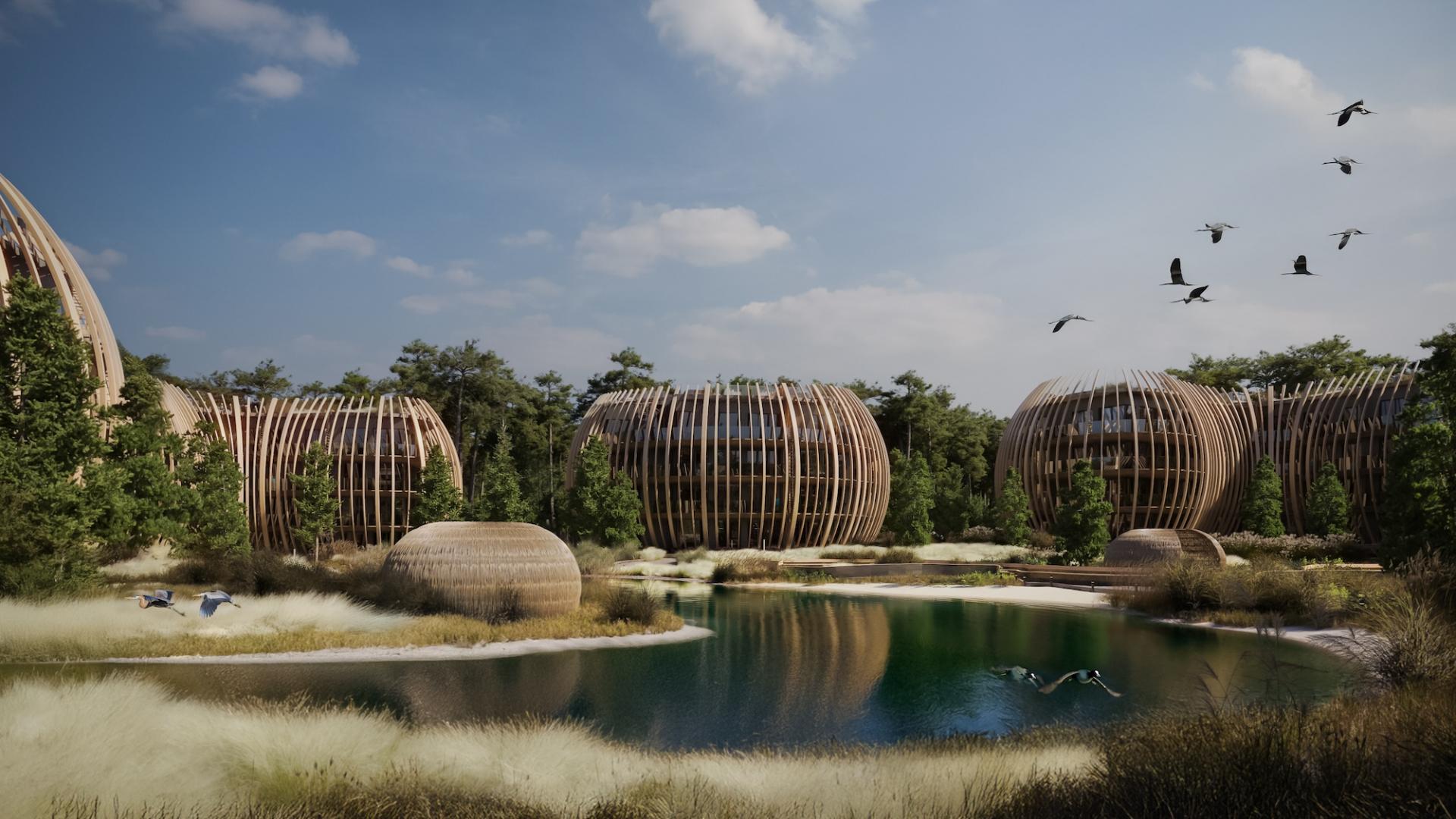
Located just outside Gdańsk, this island is a rare natural sanctuary, protected by reserves like Bird Paradise and Mewia Łacha, and home to over 200 bird species. It’s a place where “humans are guests, not hosts,” as Czurak-Czapiewska puts it.
The project, a complex of nine apartment-hotel pavilions, will rise on the site of a former military facility. Guided by the principles of biophilic architecture, the design seeks to harmonise with the surrounding environment. Inspired by a bird’s nest, the pavilions will feature soft, organic forms crafted from natural materials like wood, stone, and glass. **“A nest does not alter the landscape — it becomes part of it,”** explains Czurak-Czapiewska, emphasising the integration of architecture with nature.
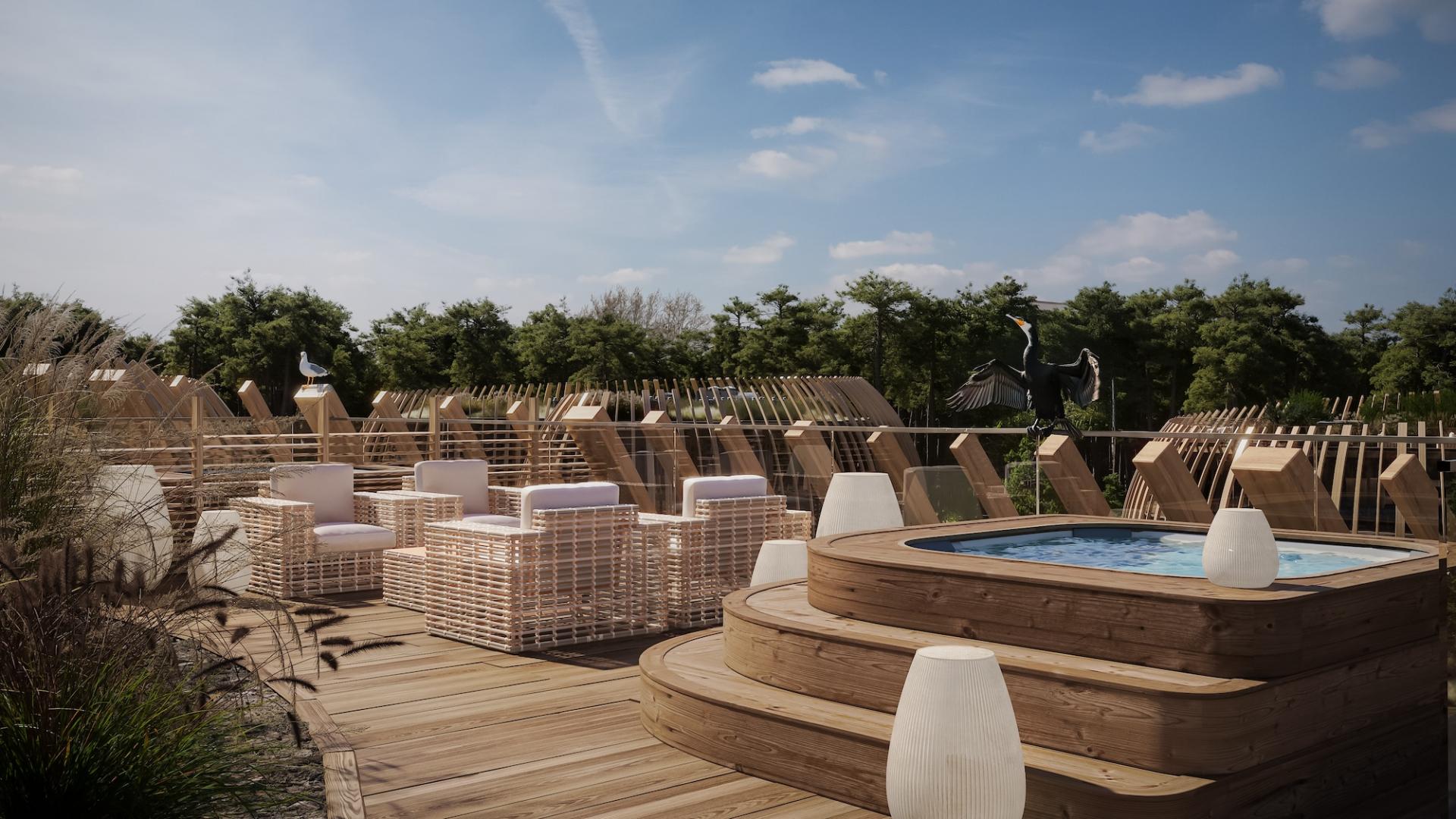
Biophilic design, rooted in the idea that humans have an innate connection to nature, shapes every aspect of the project. Research by figures like Edward O. Wilson and Stephen Kellert highlights the physical and mental health benefits of natural spaces. Czurak-Czapiewska’s vision reflects this philosophy, stating, “Nature is not decoration, but a source of strength and balance.”
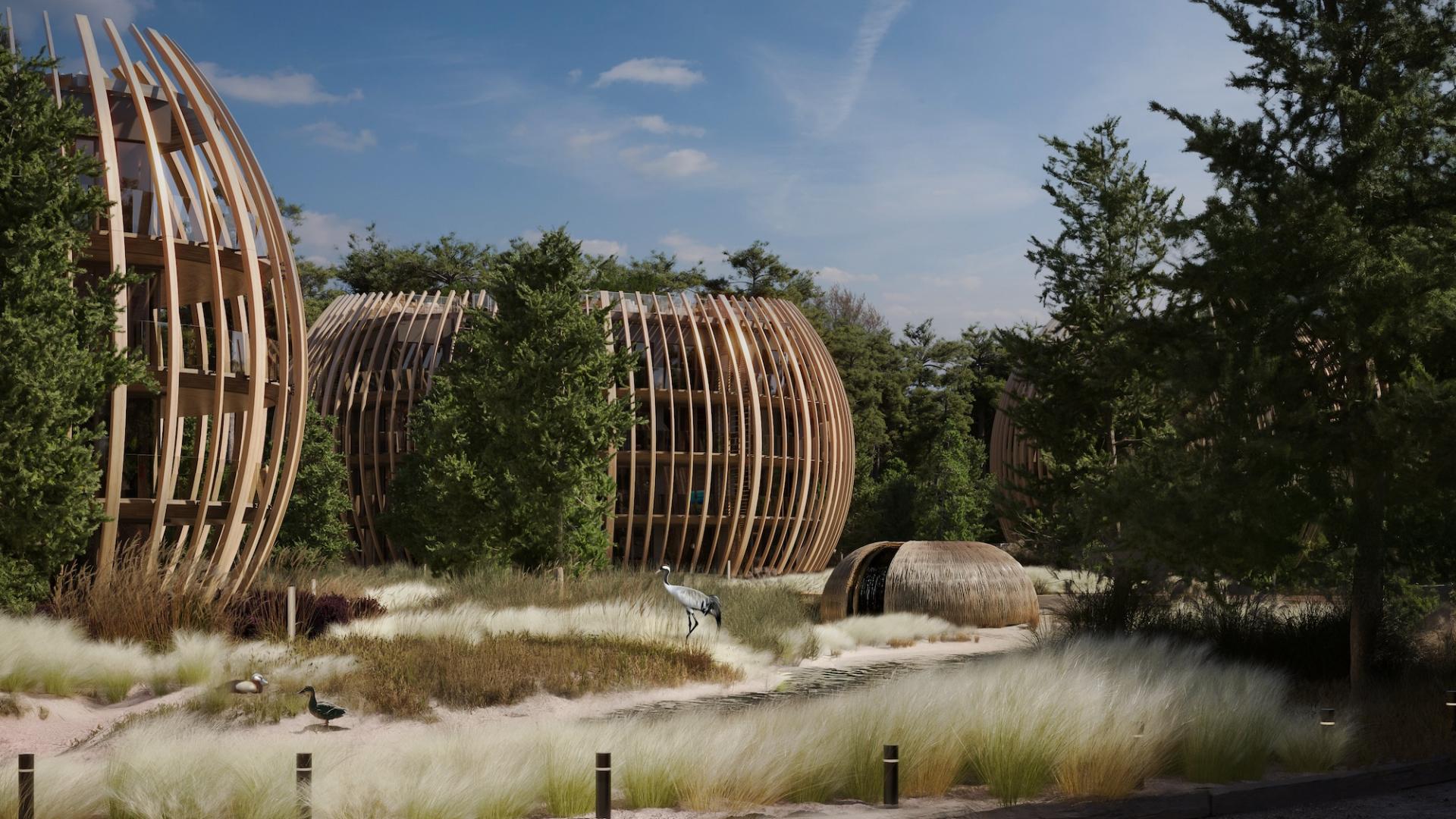
The project also prioritises biodiversity restoration. Native species will be planted, ponds will encourage amphibians, and deadwood will shelter small animals. Nesting boxes will bring birds back to the area. “Our designs are invitations to reconnect with that world,” says Czurak-Czapiewska, describing a vision where nature and people coexist seamlessly.
This undertaking signals a shift in luxury architecture — away from excess and toward authenticity. “We build for the future — for the places that were here before us."





